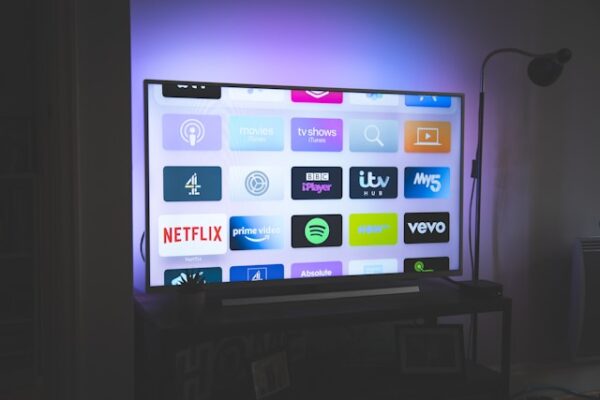Decades ago, only the most avid moviegoer would make the effort to install a mini theater at home. Today, home theaters are much more common thanks to advancing TV technology and, most importantly, the internet. Thanks to the proliferation of online, on-demand streaming, it has become popular to beam the latest movies straight to your home theater, and some moviemakers are benefiting from it.
Streaming Entertainment
The invention of Wi-Fi in 1997 changed the way we communicate, but it was only in the 2010s that this tech changed the film industry. The ability to send and receive data wirelessly, which every handheld gadget and smart TV can do today, enabled streaming services and the home theater boom that followed it.
It started when Netflix transitioned to what would become the world’s largest on-demand video streamer. By then, sites like YouTube had proven success with a video-sharing site, while other industries like iGaming had been hosting online entertainment for decades. Since then, both video-sharing sites and sites that offer Paddy Power online slots have grown to offer thousands of different videos/games. Netflix followed this model but, instead of user-posted videos or themed slots, they provided a convenient way to watch TV and movies. At the start, most TV shows or movies available had seen their time on cable or in theaters, so Netflix was just a way to watch re-runs without cracking open a DVD case.
Streaming Original Movies
In 2011, Netflix started offering original productions after outbidding cable networks to commission House of Cards. Other projects quickly followed, including several well-received Marvel shows and the phenomenon Stranger Things. That led to Netflix’s first movie – Cary Joji Fukunaga’s Beasts of No Nation. While it was received positively, it paled in comparison to following hits like Extraction, Bird Box, and Don’t Look Up.
The streaming model proved itself capable of commissioning, distributing, and even making its own content in-house. That, combined with tighter budgets and a willingness to experiment, also meant that the streamer became a reliable option for ideas that wouldn’t be accepted by blockbuster-seeking studios. As reported by MovieWeb, budgets at the box office have ballooned in recent years.
During the mid-2010s, smartphones, tablets, and smart TVs also became much more widespread. Where traditional cable lagged on handheld integration, Netflix was available for portable viewing through your iPad. It also came pre-loaded onto the biggest smart TV brands, as smart TVs overtook their less smart counterparts around the same time. This brought Netflix (and its future competitors) to the same level as cable but with the added convenience of on-demand content. With more content and improved functionality over traditional TVs, Smart TVs were the ideal centerpiece of a home theater for moviegoers on a budget.
Epics Made for Home Theaters
Today, Netflix still leads as the largest video streamer and one of the most profitable entertainment companies in the world. After setting the standard, they’re now dogged by competitors trying to replicate their model. Giants like Amazon and Disney have found success, largely through offering exclusive shows and movies. For Disney+, the service has become a reliable library for movies that have left the theaters.
After 2020, we saw the return of day-and-date releases for movies, where a movie is released simultaneously at the theaters but also through streaming. Others opted for limited releases in theaters, then a widespread release via streaming.
In 2023, Apple Original Films worked with Martin Scorsese, who had previously created The Irishman for Netflix. The result was the three-and-a-half-hour epic Killers of the Flower Moon, a runtime that Scorsese defended by appealing to modern binging sensibilities. In an interview with the Hindustan Times, he said: “People say it’s three hours, but come on, you can sit in front of the TV and watch something for five hours.”
As part of the deal, AppleTV+ received Killers shortly following its theatrical release. Other Apple projects like Ridley Scott’s Napoleon received a similar treatment. Though the classic movie theater experience isn’t going anywhere, it’s clear that the industry is adapting to cater to home theater audiences. As long as these services compete with one another, streaming will continue to receive exclusive movies that can’t be watched anywhere else.


